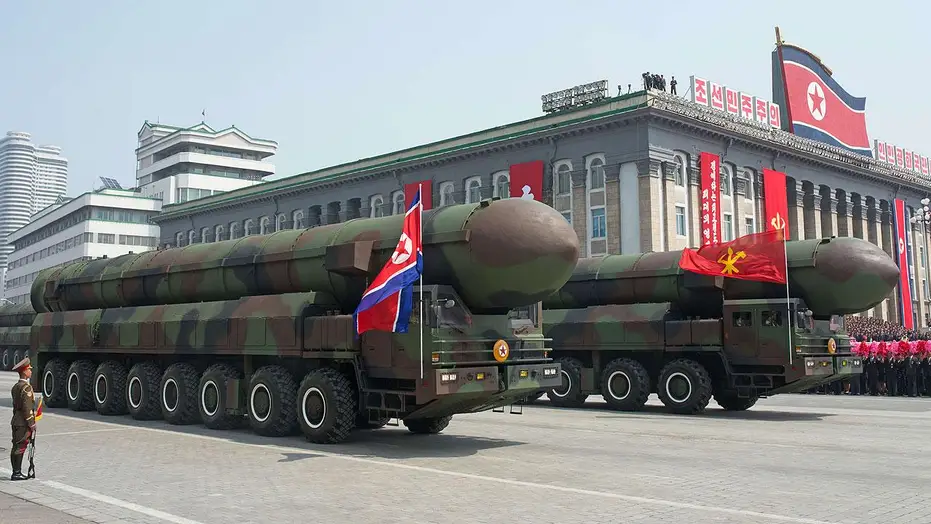recent turn of events, Ukraine has faced two substantial missile bombardments, marking some of the deadliest attacks since the initiation of the war nearly two years ago. The strikes, occurring on the nights of December 29th and January 2nd, involved a barrage of over 300 missiles and 200 drones. U.S. officials have raised concerns, suggesting that North Korean missiles were part of this assault. The strikes resulted in more than 50 casualties and over 160 injuries, with Ukrainian officials emphasizing their efforts to intercept and neutralize incoming threats, even including Russia’s sophisticated hypersonic missiles.
The inclusion of North Korean ballistic missiles in the attacks has been labeled as a worrying escalation, hinting at Russia’s acquisition of more advanced weaponry. Notably, recent talks between Moscow and Iran to acquire Iranian ballistic missiles add another layer of concern. The situation underscores the depletion of Russia’s stockpiles, facing challenges in reproducing advanced weapons due to sanctions and dependency on imported parts.
As Ukraine grapples with these missile strikes, it has demonstrated resilience in striking back against Russian forces. A noteworthy development includes the destruction of a Russian-class landing ship, Novas, in occupied Crimea. This marks the destruction of at least 13 Russian warships and a submarine since the war’s onset. Recent footage also suggests a Ukrainian Su-34 fighter-bomber on fire at a Russian airfield, showcasing Ukraine’s ability to strike deep inside Russian territory.

Additionally, explosions in occupied Crimea, particularly in Yaria and Sebastopol, indicate ongoing Ukrainian efforts to limit Russia’s ability to defend the peninsula. These strategic strikes often target command posts and anti-air defenses, influencing the dynamics of the conflict.
Amidst the conflict, a significant event on the diplomatic front has been a large-scale prisoner swap, involving almost 500 soldiers. This swap, one of the largest since the war began, saw the return of 230 Ukrainian prisoners and 248 Russians to their respective countries. The gesture emphasizes the humanitarian aspect of the conflict and potentially sets the stage for further diplomatic engagements.
Addressing questions regarding Russian losses, estimates vary between Ukrainian and Western officials. Ukrainian figures suggest approximately 360,000 Russian losses, while senior British officials estimate around 300,000. Discrepancies may arise due to the definition of combat losses, including both killed and wounded soldiers. The nuances in reporting highlight the challenges in assessing the true toll of the conflict.
Another question focuses on China’s relationship with Russia and its role in supplying weapons. Despite the proclaimed friendship between Vladimir Putin and Xi Jinping, it appears that China has been cautious in furnishing significant military support to Russia. While some weapons supply from China to Russia has occurred, it has not reached a level that drastically alters the conflict dynamics.
Looking ahead, uncertainties surround the evolution of the conflict, especially if Ukraine receives additional troops and aid. President Zelensky’s request for 500,000 additional troops and support from the United States and Europe faces administrative and political hurdles. There is no guaranteed transformation of the situation in six months, raising questions about the desperate nature of the conflict.
As the war in Ukraine continues to unfold, the complexity of the geopolitical landscape, military strategies, and diplomatic maneuvers remains ever dynamic. The interplay of international alliances, resource availability, and the resilience of both Ukrainian and Russian forces will shape the trajectory of this ongoing conflict. The global community keenly watches the developments, awaiting pivotal moments that could potentially redefine the contours of the war in Eastern Europe.
